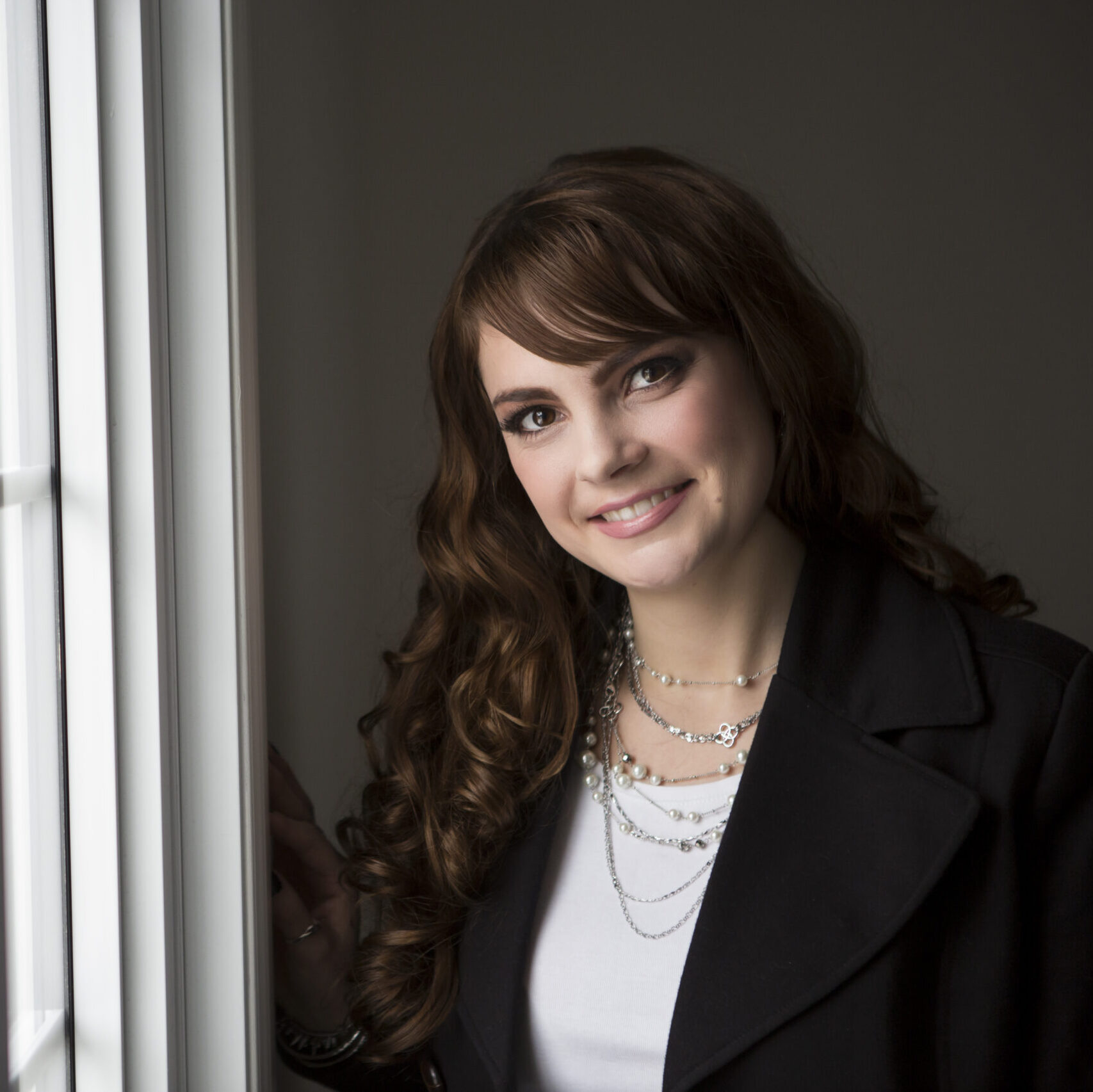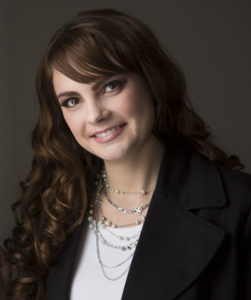Visiting the “Nether lands” of Amsterdam
First of all, I didn’t visit Amsterdam to hit the coffeeshops (drug houses) or the red-light district (harlot houses), which could be called the “nether lands” or “nether regions” of Amsterdam. In fact I only visited the red-light district during daylight hours and I was quick to leave the area, which was full of weird men looking around. It’s quite shocking for a Canadian to be walking along what looks like a normal street beside the canal and all of a sudden there is a scantily clad woman in the window sitting on a chair casually looking at her nails. In the next window a girl stands talking on her cell phone as she leans against the wall. Are they bored waiting around? Are they using some sort of special tactic to attract customers?
To me it looks like a non-exotic business exchange. These women act like the teenage girls you see behind the cash register reading a magazine and twirling their hair around their finger or blowing bubbles with their gum as they wait for someone to buy something. I’m not sure if Dutch men have made these district visits a regular entertainment, as the coffeeshops seem to be. As I walked along the cobble-stoned streets I saw older couples (late 40s, early 50s) getting stoned in the coffeeshops. They looked like normal people. Like parents. In Amsterdam you can find three coffeeshops within eyeshot.
Now that that’s out of the way, I will tell you what else there is to see in Amsterdam for the more subdued tourist. My very first impression of the city was viewed through the foggy windows of the canal boat with the reflection of the red-haired woman sitting next to me appearing in all my photographs. The rain came down for the entire boat ride and don’t think about opening the windows to de-fog them, the other tourists will complain of the cold. Obviously they don’t come from -38 degree winters in Canada.
After craning my neck for 30 minutes to see around the window frames and waiting for the driver to back the boat up and do a three-point turn to enter the every other canal, I decided to walk along canal to see the city. The bridges, bicycles and houses are what made Amsterdam unique and interesting for me. With over 1, 200 bridges each with specific characteristics. Bridges made from red brick. Bridges with low arches. Bridges with black metal rails that dozens of bicycles lean on. 
The bicycles look old-fashioned. They are designed for comfort and are made from a heavy-duty metal for durability. The bikes only have one gear because the Netherlands is so flat. Seeing parking lots (some with a fee) just for bicycles was unimaginable for someone coming from the land of SUVs and Hummers. Bicycles everywhere. It is the main form of transportation. Bicycles even have the right-of-way over pedestrians it seems as they ring their bells fiercely and nearly hit you if you don’t move. But, wouldn’t it be a nice lifestyle to ride a bike everywhere? After dinner, burning off some the calories and not having problems parallel parking.
I only went inside one Dutch house and it happened to be the famed Anne Frank House. Holding the map in one hand and the camera in the other, I turned the corner and saw a line up of people. According to the map, Anne Frank’s house should have been on the next street. I walked past all the people and confirmed that the house was in fact on the next street and the line-up to enter was wrapping around the building and going down street. I stood in line for over an hour. I entered the unfurnished house to find a museum with documents, entries from Anne’s journal and other pieces of information about the people living there during WWII. It was interesting and surprising to find out how large it was with its different floors. It made me wonder how nobody discovered them sooner? They must have been very quiet. Needless to say, I bought a copy of her journal (for probably double the price as I could find a copy outside the museum shop) and read it again after visiting the House. 
What I like about Dutch houses is their distinct character. They are mostly red, white and black: a solid color with another color for the window frames. Along the canals, the houses are about as wide as two parked cars. The smallest house in Amsterdam is only a few inches wider than a doorway. Since they are narrow and tall, the Dutch houses have steep stairways so no space is wasted lengthwise. Poles stick out near the top of the houses and act as lifts for the furniture that needs to be taken to the upper levels of the house. The stairs are too narrow and too steep to fit the furniture through. Can you imagine hoisting a piano or a flat screen TV up through a window? Steady….steady…easy-does-it…a little to the left. Definitely not the way I’d want to see my things moved in that’s for sure. Many of the houses I saw along the canal where leaning on the house beside it like they got tired of standing and just decided to rest on their neighbor. How does this happen? It makes me wonder what the house is like in the inside. Is it also slanted slightly to the left?
Amsterdam’s architectural character, its environmentally friendly transportation, its lenient laws, and how these affect Dutch lifestyle make it a marvel to this Canadian traveler.

